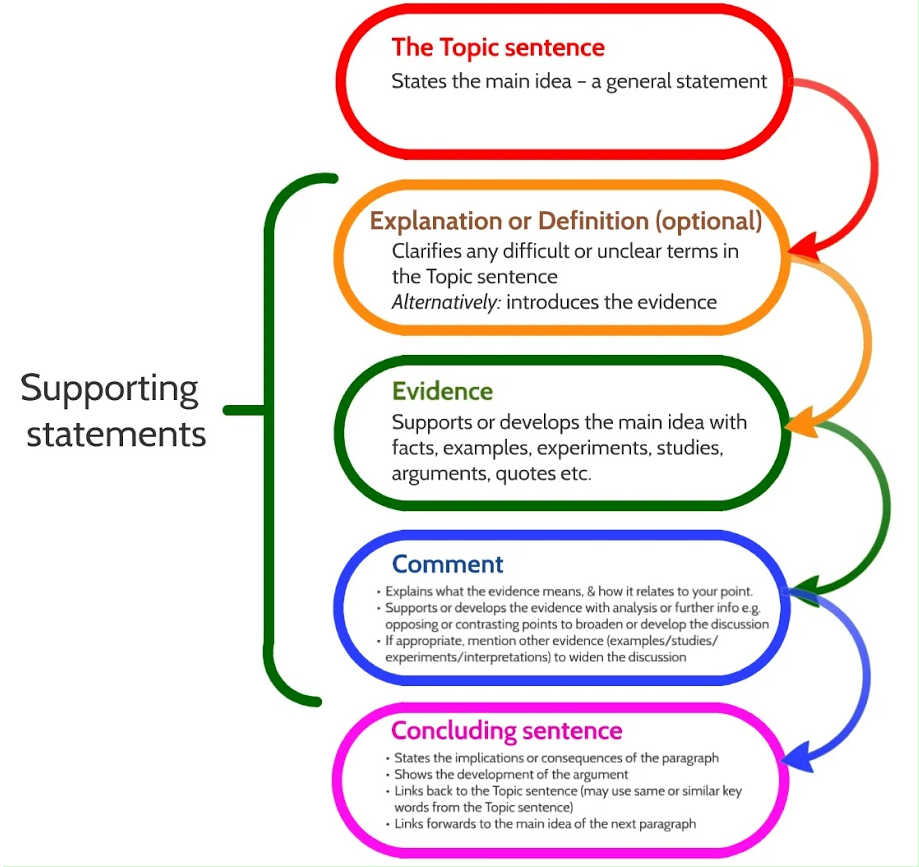By the end of this unit you should:

Read the paragraph on Google Translate below.
Google Translate
One of the most powerful machine translation tools is Google Translate. This tool provides high quality translations between languages that are linguistically similar to English. The quality of translation drops as linguistic difference increases. This means that the accuracy of translations from German to English is higher than from Japanese to English. The Google Translate using machine translation was launched in 2006 [1]. The early versions of Google Translate were trained on European languages. Google Translate used to be based on statistical machine translation, but in 2016 switched to neural machine translation [2] for Japanese.
References
[1]. Wikipedia contributors. "Google Translate." Wikipedia, The Free Encyclopedia. 2 Sep. 2018.
[2]. Bahdanau, Dzmitry, Kyunghyun Cho, and Yoshua Bengio. "Neural machine translation by jointly learning to align and translate." arXiv preprint arXiv:1409.0473, 2014.
Read the paragraph in Activity 1 to answer the following questions.
About 10 years. It was used from 2006 to 2016.
Since 2016, so count upwards from this year to find the answer.
Spanish-English will be more accurate, because the languages are more similiar.
Yes, this whole paragraph is about Google Translate.
Topic sentence.
Topic sentences in English are usually the first sentence in a paragraph in academic texts.
The number shows that information is taken from a source, e.g. a research article or website.
Two. The highest listed number is [2] so that means a total of two sources.
No. Every sentence in this paragraph is not about changing to neural machine translation for Japanese.
Work in pairs or small groups and compare your answers.
Read.
A graduation thesis is divided into sections, such as introduction and method. Some sections use visuals, such as tables and figures. Each section has a heading and each section contains one or more paragraphs. Paragraphs consist of one or more sentences. A paragraph should deal with one idea. In academic writing, longer paragraphs tend to begin with topic sentences, and very long paragraphs may end with a concluding sentence.
A typical computer science paragraph begins with a topic sentence. The topic sentence introduces the main idea of the paragraph. This may be followed by one or more sentences. Each of these sentences support the topic sentence. These supporting sentences can be classed as explanations, evidence or comments.
Evidence may refer to other sources, such as conference proceedings, journal articles, websites and other graduation theses. There are a number of ways to refer to sources. The most common way in computer science is to place a number in square brackets in the body paragraph, and list the exact source under the same number in the reference list.

List the steps in your research. Do not write sentences, but write noun phrases.
You will use this list to help your describe your research to a partner, and then you will use the list again to draft a paragraph explaining your research.
Work in pairs or small groups. Take it in turns to explain your research in Japanese. Begin by explaining in general, and then describe each step in order. Next, repeat, but use English. Listen to your partner and ask questions if the method is not clear.
Write a paragraph to describe the steps in your research. Write for a reader who is not familar with your research. Write short clear sentences. In the editing stage, these may be combined. Begin with a topic sentence that describes the whole method.
Useful termsThere are two phases in this research project. Phase one is the development of a new method. Phase two is the evaluation of the new method. In phase one, there are two steps. Step one is the creation of a new algorithm. Step two is the application of the algorithm. In phase two, the speed of the system is measured.
Step-by-step exampleAnswer the following questions: